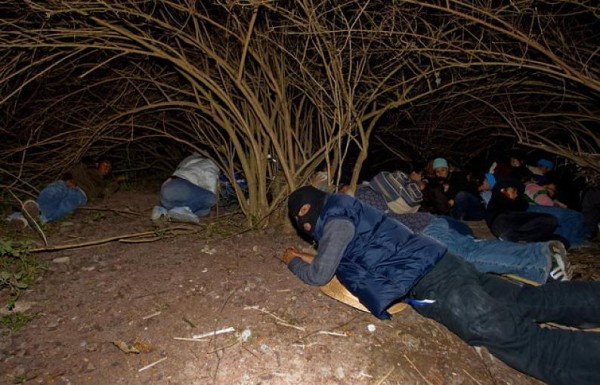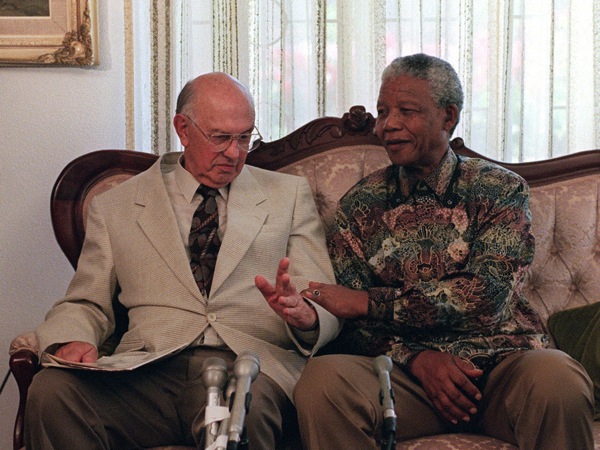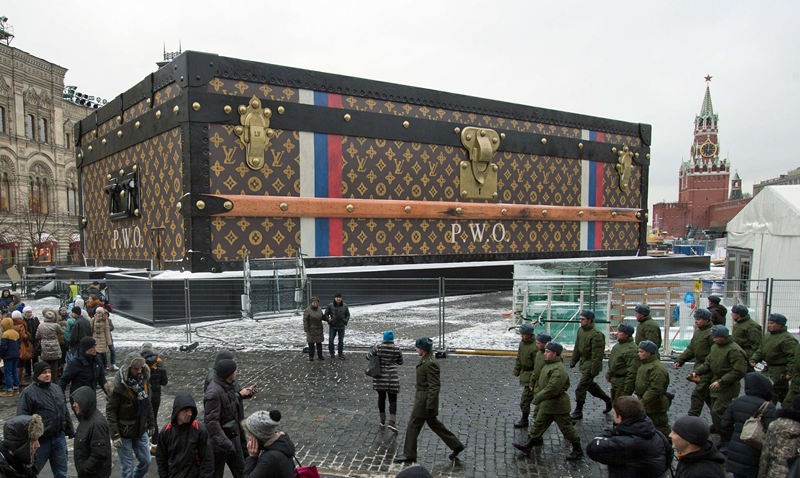Notes
A Picture of Poverty Tourism that Still Means Business
Does anyone else miss those late night darkroom conversations between fellow students and/or staff photographers? With soft lighting, gentle water sounds, and hushed voices, many friendships and love affairs were no doubt forged amid the intoxicating smell of fixer. Hard to imagine the same is true under the bright lights of a computer lab. One conversation in the dark I will never forget is with a fellow student in a photojournalism class, Manuel. As a member of the civil rights organization La Raza, conversations with him often involved race relations. I admitted to him that I felt the curse of discrimination when my family moved from Oklahoma to Texas when I was nine-years-old. I had been a leader of my little league team with my Dad as one of the coaches in Tulsa, but couldn’t even make the squad in Laredo. Manuel under his ever-present maroon beret replied, “You felt discrimination once in your life. I feel it every day.”
As it turns out, money can be made from persons (I would assume most likely Anglos) who yearn for a discriminatory experience. Parque EcoAlberto in Hidalgo, Mexico offers tourists a chance to “live out the drama and tension of an illegal border crossing.” Run by the Hñahñu Indians, the eco-park also offers hot tub soaks and kayak trips for those who want more traditional resort amenities.
In a photograph by Luis Acosta, a flash color image illustrates an item in a “tasteless vacation” poverty tourism slideshow list on the “Foreign Policy” website a couple weeks ago. (Reassuring us the adventure and the image is still going strong, Foreign Policy reuses the photo with different text from a list, The World’s Worst Theme Parks, it ran in 2010. And demonstrating still greater resilience, the original photo story was actually created in 2008.)
The harsh light against the night reveals a masked “coyote” in a down vested jacket prone on the ground supervising his bundled-up charges around an elaborate Y-shaped bush. His eye contact with the camera’s lens supports the illusion that the viewer is an authority figure with a bright flashlight who has caught illegal border crossers. And yet, the picture is a set-up. Screams and giggles in the background are probably heard not unlike a scary Halloween house with vampires that jump out from a hidden doorway.
Despite that the photo was taken by a photojournalist, Acosta is a staffer for AFP who concentrates on Mexico and Latin America, the picture is effectively a publicity shot. Tribe members, conceivers of the so-called lesson in cultural sensitivity, are probably elated by the image as it shows their version of the truth. However, far too often photojournalists take such pictures that support commercial, rather than journalistic, interests. Instead, a photojournalist on assignment from a news source should go for another angle that presents the hypocrisy of wealthy patrons who feel the sting of discrimination for only one day.
— Paul Lester
(photo: Luis Acosta/Getty Images)



Reactions
Comments Powered by Disqus